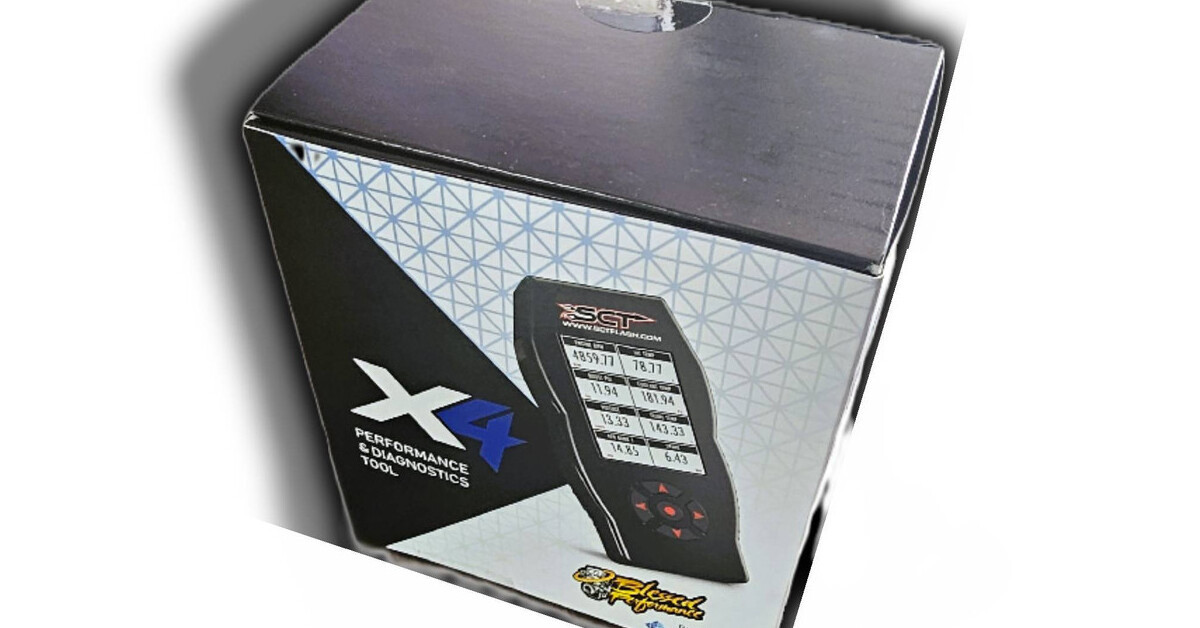The Easiest Ways To Check Diagnostic Trouble Codes
Estimated 0 min read
Every vehicle owner has had this experience: you’re driving along, feeling fine, when suddenly, a light flashes on your dashboard. Sometimes, it’s no big deal. A reminder to fill up with windshield fluid, or perhaps a subtle poke that it’s time to fill up the tank.
But every now and then, you’ll get a curious warning that doesn’t look familiar. Even worse is when you get the dreaded engine-shaped light, meaning…well, you don’t quite know. A quick look at the owner’s manual should clear things up, but you’re still a bit worried about those pesky lights. Here are the easiest ways to check diagnostic trouble codes and alleviate your concerns while ensuring those little lights don’t turn into costly problems.
Diagnostic Trouble Codes (DTCs)? What Are Those?
Diagnostic trouble codes are codes stored in your vehicle’s onboard computer (also known as an electronic control unit or ECU) that indicate a malfunction in the system. We’ve mentioned a few already, but there’s a whole raft of codes that indicate when your vehicle is having trouble. These codes are easily read using a scanner.
DTCs grant valuable insights into what’s happening under the hood and deep inside your vehicle’s systems. Knowing problems in advance prevents further damage and wallet-draining repairs down the line.
How Can You Check DTCs?
You can purchase several devices to help you have a “chat” with your vehicle. Here’s an overview.
OBD-II Scanner
An On-Board Diagnostics II (OBD-II) scanner is a simple tool for reading DTCs. You plug the scanner into the OBD-II port under your dashboard, which is usually found near the steering column. Start up the vehicle and the device, then read the directions for diagnosing. Note the codes with a pen and paper or however you prefer to jot them down. Afterward, look them up online to interpret individual codes.
Smartphone Apps
As the saying goes, there’s an app for that. Several apps, in fact. Torque Pro and Car Scanner ELM OBD2 are just two of the apps that allow you to use a Bluetooth OBD-II adapter to connect with your vehicle in the same way mentioned above. Connect the adapter, pair it with your phone, and then use the app to see the codes and learn what they mean.
Auto Parts Stores
Not sure you want to DIY it? Visit an auto parts store. Quite a few of them offer DTC code-reading services. Naturally, your dealership or mechanic should have access to a code reader, but at that point, you might as well bring your vehicle in to have it looked at by the professionals, which likely won’t be free.
What’s Next?
Now that you’ve deciphered the codes, you’re both forewarned and forearmed before bringing your vehicle in to be adjusted or fixed. But guess what? Sometimes discovering the code reveals a simple fix you can do on your own. It might come down to nothing more expensive than tightening a cap or connection, inflating the tire, or another quick and easy task.
Those are some of the easiest ways to check diagnostic trouble codes. If you have further questions about improving your vehicle’s performance or using custom diesel tuning to do the same, contact us today!









